Fundado em 1911, o Museu Nacional Machado de Castro, abriu ao público, em outubro de 1913. Teve como seu primeiro diretor António Augusto Gonçalves e foi elevado à categoria de Museu Nacional, em 1965. O museu ocupa o antigo edifício do Paço Episcopal, construído sobre o criptopórtico do fórum de Æminium que constitui a mais.. Museu Nacional de Machado de Castro. This great museum is a highlight of central Portugal. Housed in a 12th-century bishop's palace, it stands over the city's ancient Roman forum, remains of which can be seen in the maze of spooky tunnels under the building - the cryptoporticus. Once you emerge from this, you can start on the fascinating art.

National Art Museum Machado Castro, Coimbra Stock Photo Image of palace, university 193768140

Machado De Castro Museum, Coimbra Stock Photo Image of detail, coimbra 61240666

Machado de Castro National Museum, Coímbra
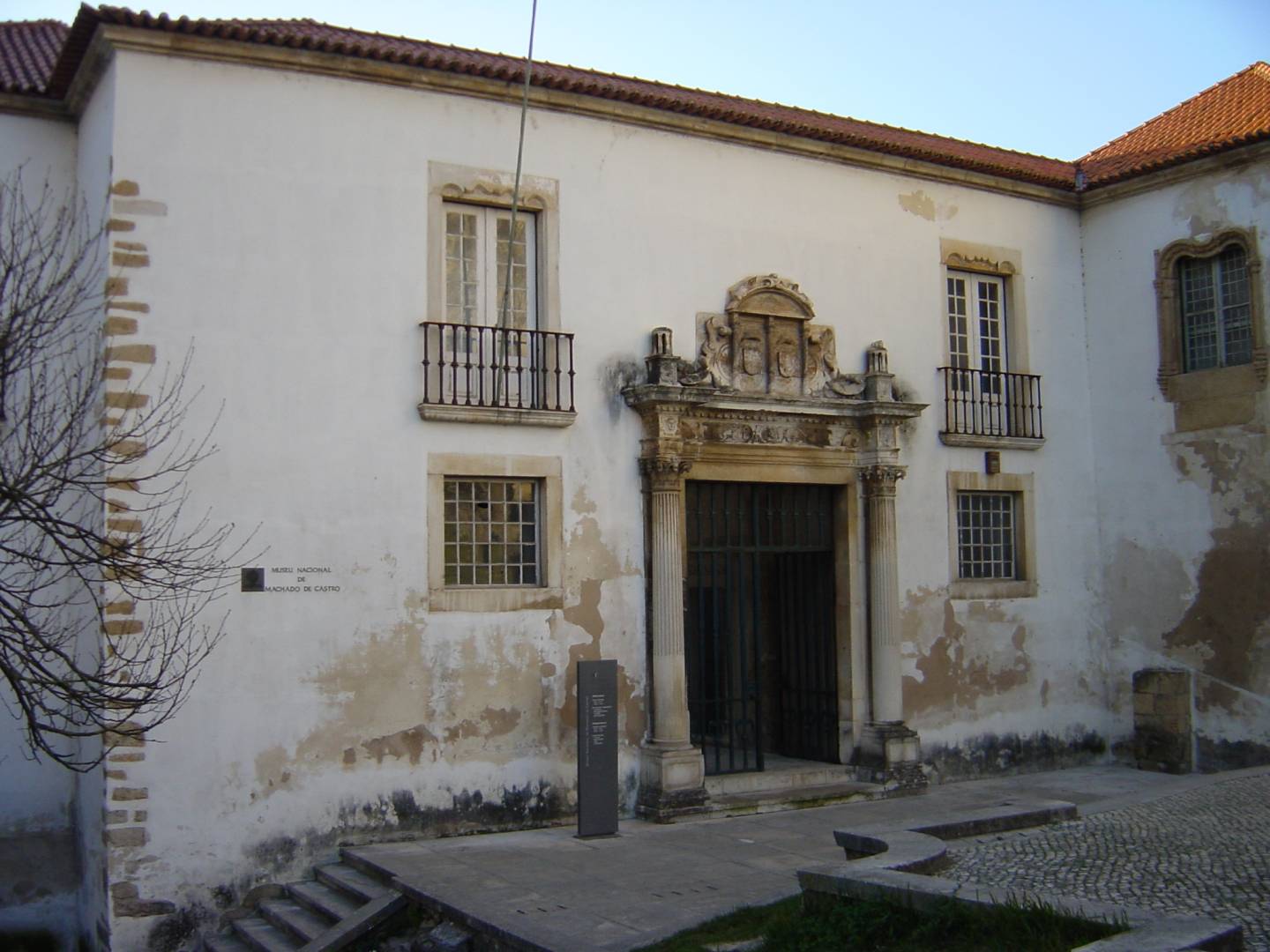
Museu Nacional de Machado de Castro Coimbra All About Portugal

Museu Nacional Machado de Castro Turismo Centro Portugal

Musée National Machado De Castro à Coimbra, Portugal Image éditorial Image du histoire

National Museum Machado de Castro, Coimbra, Portugal YouTube

Le Musée national Machado de Castro à Coimbra Ulysses Travel
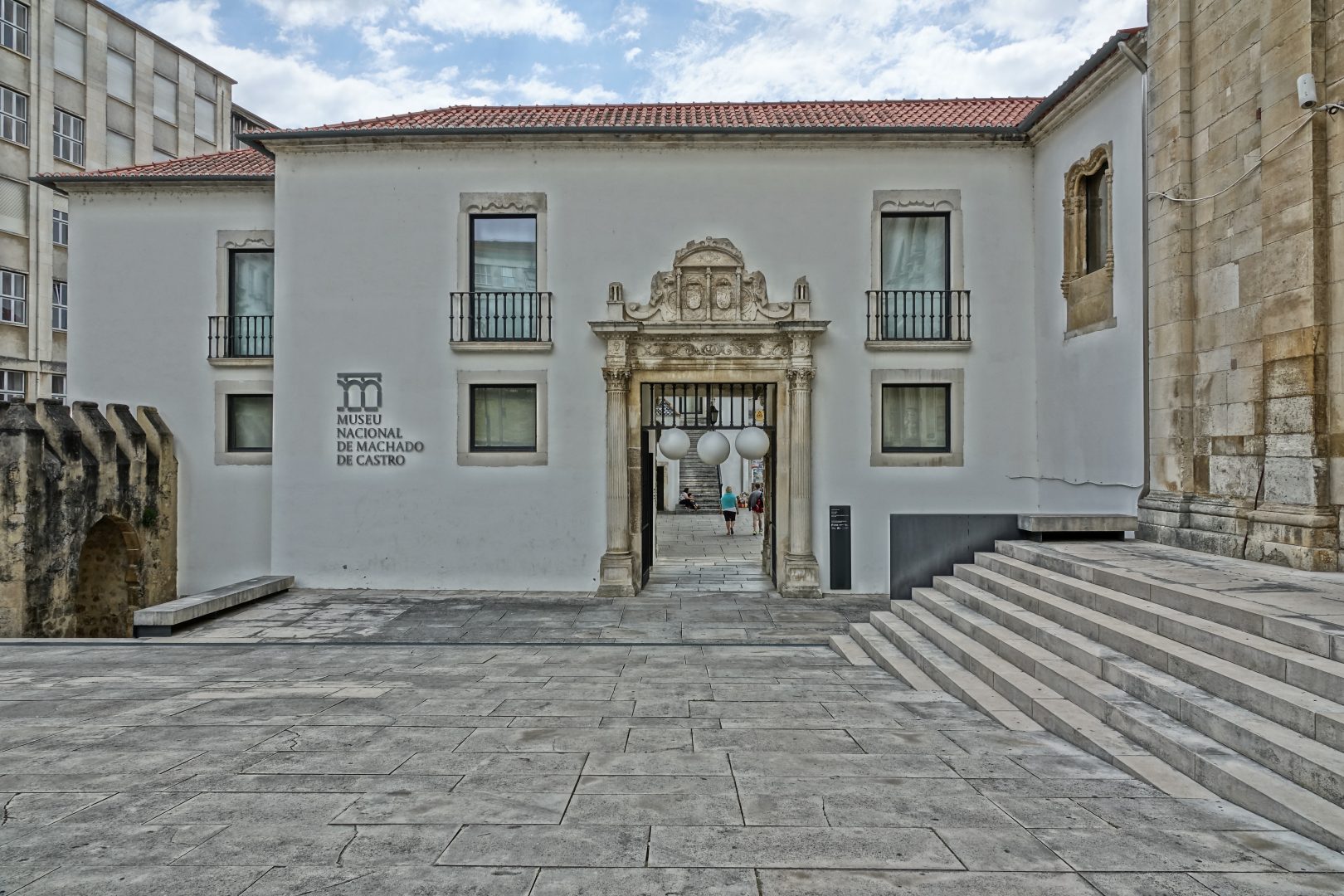
Museu Nacional de Machado de Castro integrado no Património Mundial da UNESCO — coimbra.pt

Museu Nacional de Machado de Castro Portugal Visitor Travel Guide To Portugal
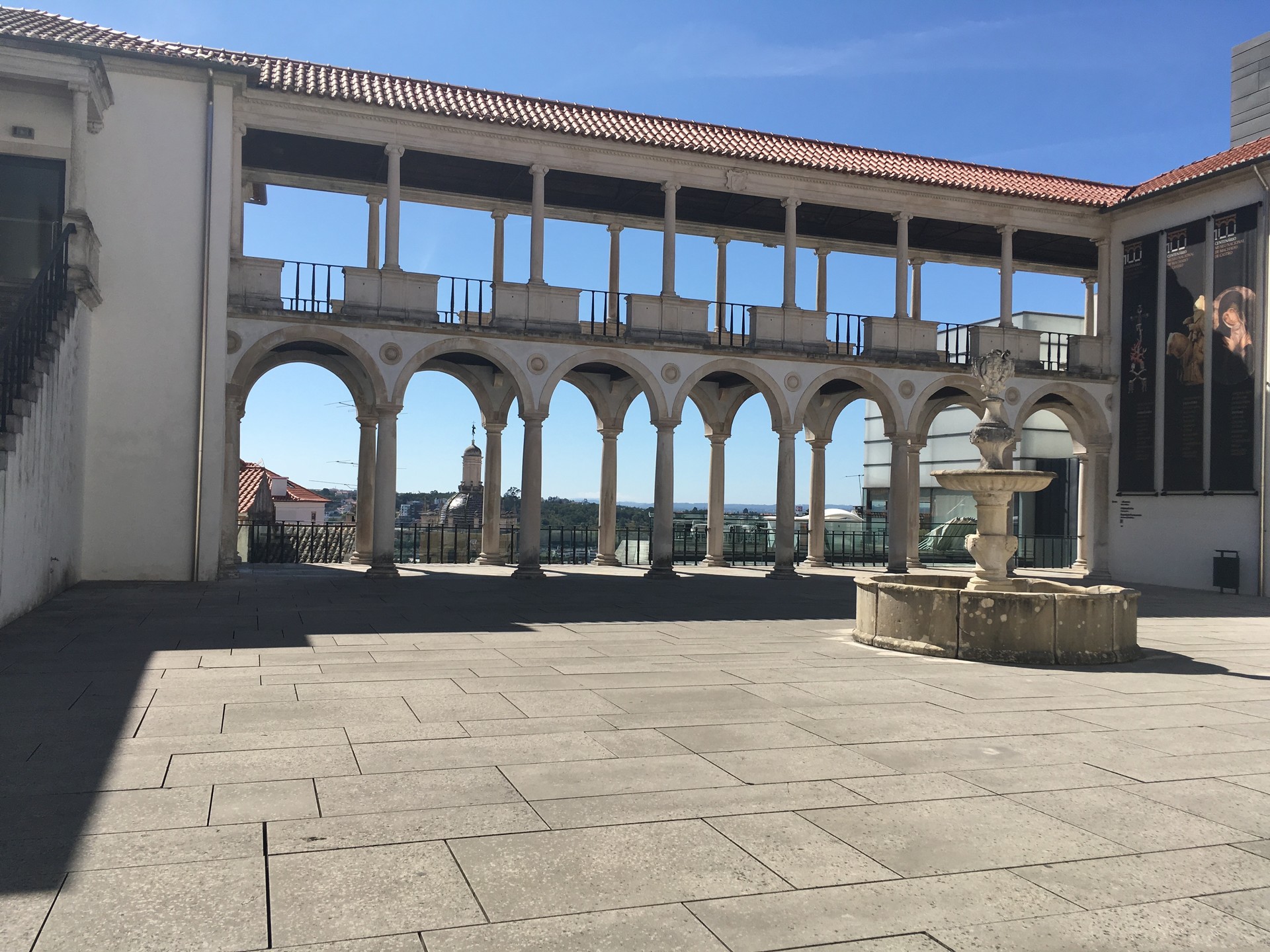
Museu Nacional Machado de Castro What to see in Coimbra
Coimbra, Cultura e História Março no Museu Nacional Machado de Castro

Machado De Castro Museum, Coimbra Stock Photo Image of historic, view 61240384

Sculptures at Machado De Castro Museum in the Historic Center of Stock Photo Image of
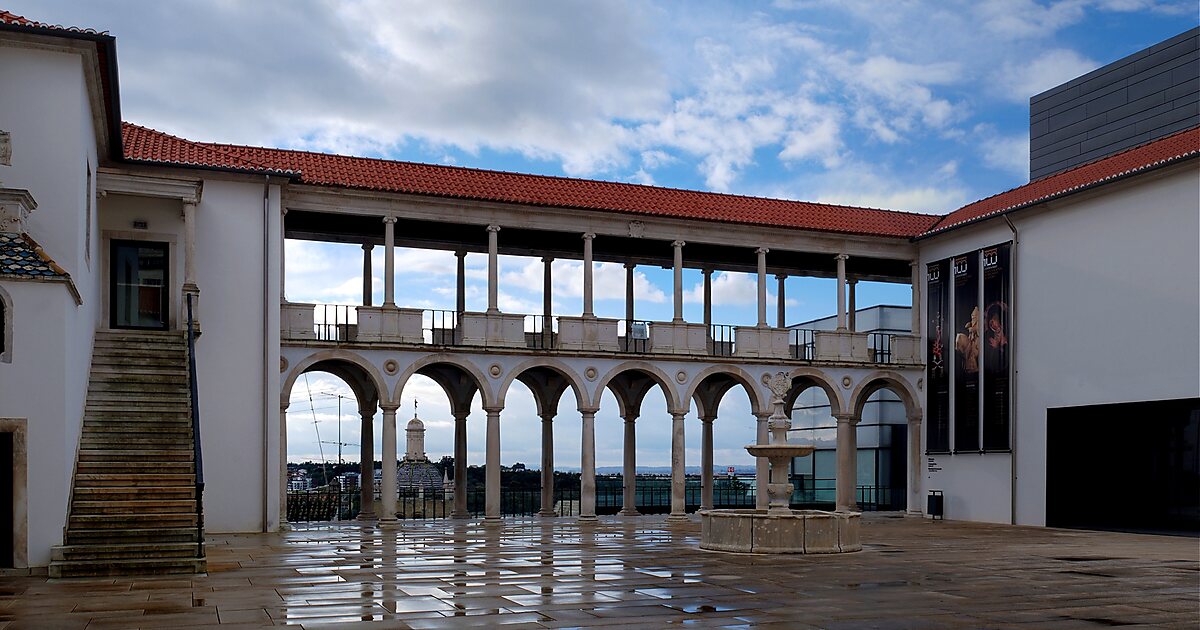
National Museum Machado de Castro in Coimbra, Portugal Sygic Travel

National Museum Machado De Castro in Coimbra, Portugal Editorial Image Image of historic
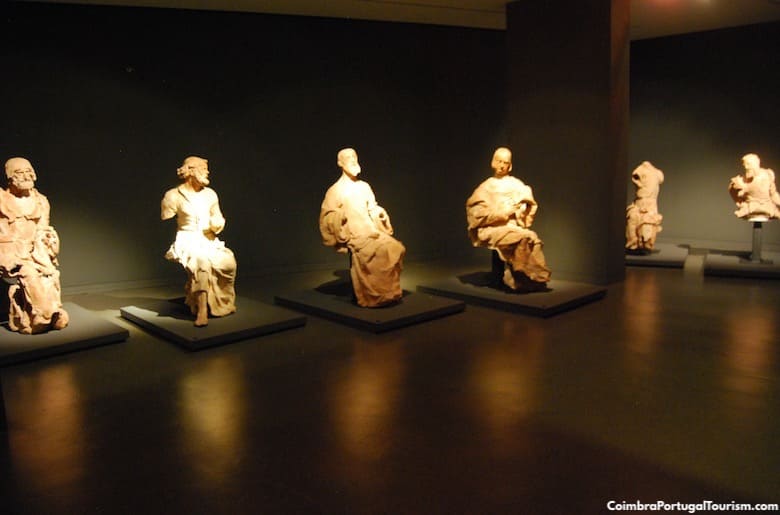
Machado de Castro Museum, Coimbra 2023 Tourist Guide

Machado De Castro National Museum Coimbra, Portugal Editorial Photo Image of portugal
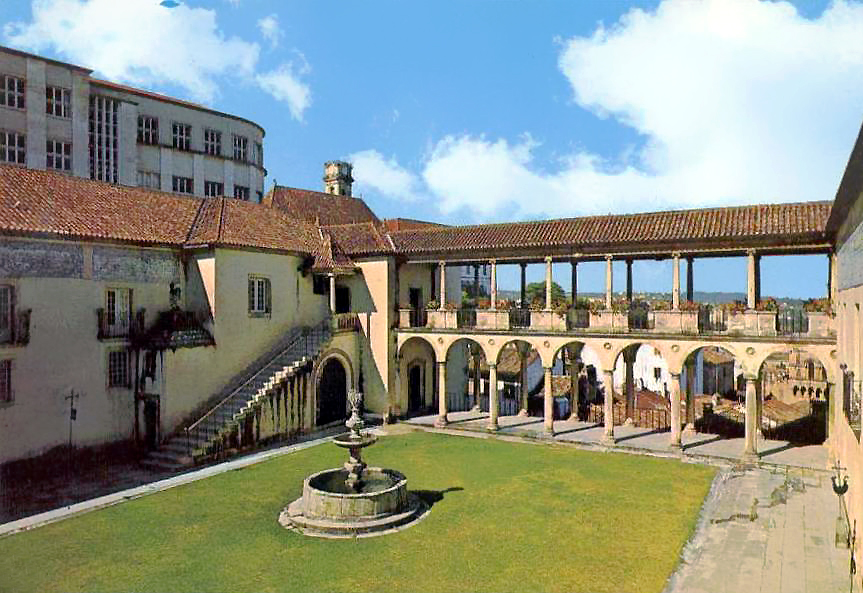
Retratos de Portugal Coimbra Museu Machado de Castro
La historia del Museu Nacional Machado de Castro de Coímbra
Ouvert en 1913, le Musée national Machado de Castro doit son nom à l'un des sculpteurs portugais les plus célèbres du 18ème siècle : Joaquim Machado de Castro. Le Musée prend ses quartiers dans l'ancien palais épiscopal de Coimbra datant du Moyen Âge, lui-même construit sur les restes d'une cité romaine : Aeminium.. The Machado de Castro Museum occupies the former Bishop's Palace. C oimbra's former Bishop's Palace, built and expanded between the 12th and 18th centuries, was turned into one of Portugal's most important national museums in 1913. It stands on the site of a Roman forum, whose 1st century cryptoporticus survives to this day. That subterranean gallery is part of the museum, and displays a.